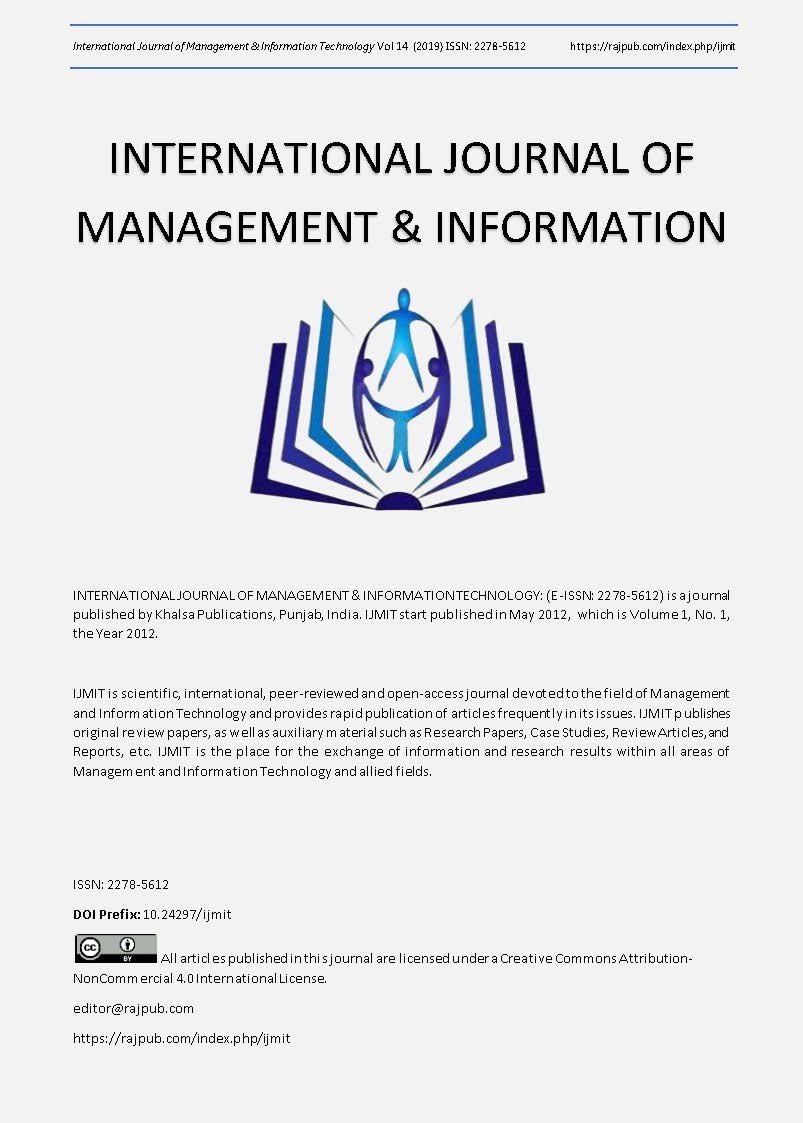Combating insider fraud in Financial Institutions/impact
DOI:
https://doi.org/10.24297/ijmit.v14i0.8010Keywords:
Insider threat, insider fraud, Incidence response, Log, monitor, crimeAbstract
The fear of fraud is constant. Unfortunately, now more than ever before, fraud is being committed by employees on the inside, the very people who are supposed to be supporting and protecting an organization. Even though the financial industry is one of the most regulated, financial institution are still getting with the highest rate of internal fraud. Insider threat has always existed within each Financial Institution. In the recent years, insider threat has become a more prominent issue because of the emerging trends in the workplace. This change to a more flexible and productive workplace environment allows employees to easily gain access to an organization’s critical and sensitive information. While the risk of insider threat has certainly increased, Financial Institution have not deployed enough controls to mitigate this risk either because they believe that the frequency of such threat is very low or because they feel powerless to do so.
This paper tends to employ techniques that would abate the spate of Insider fraud and cybercrime on customer transactions and insider processing which is in full compliance with most regulatory mandate of Countries Government bank.
Downloads
References
Hoyer, S., Zakhariya, H., Sandner, T. and Breitner, M. H. (2012) Fraud Prediction and the Human Factor: An Approach to Include Human Behavior in an Automated Fraud Audit, 45th Hawaii International Conference on System Sciences Proceedings, IEEE Computer Society, 4-7 January 2012, Grand Wailea, Maui, HI, USA
CPNI: CPNI insider data collection study – report of main findings. http://www.cpni.gov.uk/Documents/Publications/2013/2013003-insider_ data_collection_study.pdf (2013)
Salem, M., Hershkop, S., Stolfo, S.: A survey of insider attack detection research. In Stolfo, S., Bellovin, S., Keromytis, A., Hershkop, S., Smith, S., Sinclair, S., eds.: Insider Attack and Cyber Security. Volume 39 of Advances in Information Security. Springer US (2008) 69–90
Glasser, J., Lindauer, B.: Bridging the gap: A pragmatic approach to generating insider threat data. IEEE Symposium on Security and Privacy Workshops (2013
Hunker, J., Probst, C.W.: Insiders and insider threats – an overview of definitions and mitigation techniques. Journal of Wireless Mobile Networks, Ubiquitous Computing, and Dependable Applications 2(1) (2011) 4–27
Blades, M. "The Insider Threat." Security Technology Executive. 1 Nov. 2010: ABI/INFORM Trade & Industry, ProQuest. Web. 25 June. 2011
Jennings, Frank. “Beware the Enemy Within.” SC Magazine. Jul. 2008: Business Source Complete.
Kaplan, D.. "Internal Review." SC Magazine. 1 Feb. 2011: ABI/INFORM Trade & Industry, ProQuest.
Cappelli, Dawn, Andrew Moore, Randall Trzeciak, and Timothy J. Shimeall. "Common Sense Guide to Prevention and Detection of Insider Threats." CERT, Jan. 2009. Web. 20 June 2011.
High Tech Crime Investigation Association http://www.htcia.org/
Department of Justice Cybercrime Information http://www.usdoj.gov/criminal/cybercrime/searching.html
"Monitoring Employee Computer Use v. Privacy." HR Compliance Insider. 2010. Web. 30 June 2011..
Baker, Neil. " Big Brother doesn’t always know best.” Director. 2006: Business Source Complete. Web. 26 June 2011..
Downloads
Published
How to Cite
Issue
Section
License
 All articles published in Journal of Advances in Linguistics are licensed under a Creative Commons Attribution 4.0 International License.
All articles published in Journal of Advances in Linguistics are licensed under a Creative Commons Attribution 4.0 International License.








